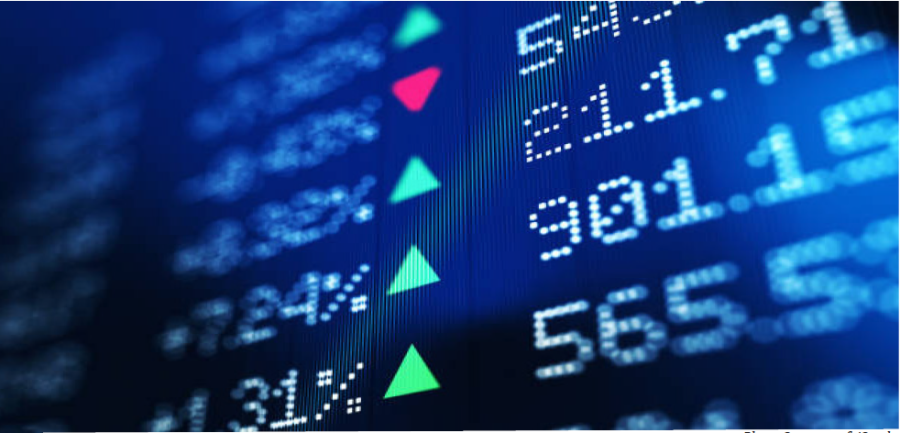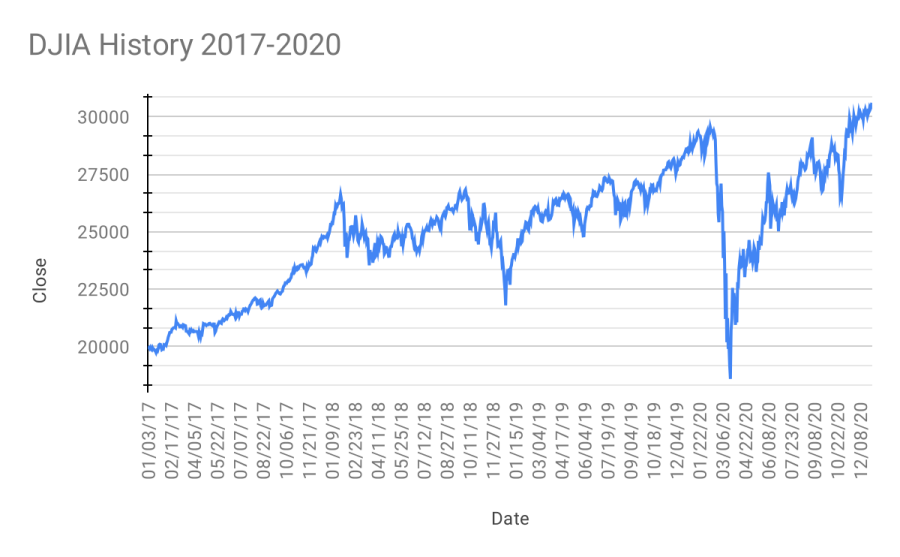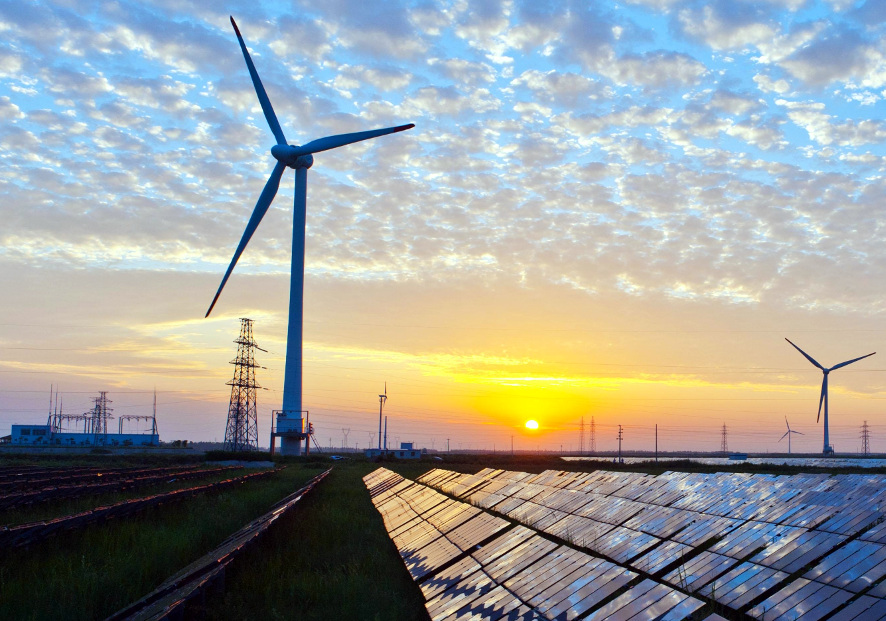Students offer perspective on financial sectors
Members of Wake Forest's Dow Jones Club discuss recent economic developments
February 24, 2022
An update on “fintech”
Companies begin to explore the metaverse
What is the metaverse? More people are asking this question every day, especially since Facebook rebranded itself as “Meta” this past fall. With significant interest and investment from companies such as Microsoft, Sony and Apple, the metaverse could potentially be the next big thing.
The metaverse is a 3D virtual world in which users can interact with one another. The metaverse could be a virtual office or a place to hang out with friends — the possibilities are truly endless. Meta and Microsoft are the two biggest players in the metaverse market at the current moment but are taking slightly different routes.
Meta is leaning towards a reality that is dependent on headsets, which fit over your eyes and immerse you in a virtual reality.
Microsoft is taking the augmented reality route, which involves a headset that still allows you to see but also projects objects on the screen in front of your eyes, such as a virtual ruler. We are still in the early stages of the metaverse, and it may be more than 10 years before the vision of Zuckerberg and others for the metaverse become a reality, but the plans and funding are certainly there.
Stock markets are volatile.
Investors sell off riskier stocks
Services like Robinhood may cause investors more financial pain
In 2021, investors began to sell off riskier financial assets due to fears of interest rate hikes, supply chain constraints and a multitude of other uncertainties that carried into the start of 2022. Companies with negative to minimal earnings have suffered the greatest losses, while the Dow Jones, S&P 500 and NASDAQ have declined from highs by 5.99%, 8.30% and 14.93% respectively.
Unfortunately for investors, companies that recently listed their shares of stock for the public to purchase have not escaped the shifting market. These initial public offerings (IPOs) had a record year in 2021, with 1,035 IPOs across all sectors — 23 of them occurring on the popular trading platform Robinhood. Robinhood claims to “democratize finance for all”, but the IPOs on its platform have had disproportionately greater losses when compared to the broader market.
After examination, stocks with IPO access on Robinhood have had a median loss of 22.80% from their IPO price and a median loss of 54.15% from their previous highs. In comparison, losses among all 2021 IPOs sit between 9% and 14%, meaning IPO access through Robinhood has experienced roughly double the losses of comparable IPOs as well as quadruple the decline compared to the NASDAQ highs.
Stock market plunges may spell trouble
Is stagflation coming? Who knows.
After a historic bull run, financial markets are off to a rocky start in 2022. The Standard and Poor’s 500 (S&P 500) and NASDAQ 100 are down approximately 8.7% and 14%, respectively, on the year. The Bureau of Labor Statistics (BLS) latest report revealed that January prices were 7.5% higher than a year ago. From restaurant meals to used cars, consumer prices are rising at the fastest pace in 40 years.
With target inflation of 2.0% year-over-year, the Federal Reserve plans to increase interest rates starting in March by an anticipated 25-or-50 basis points (one basis point equals 0.01%). While the Federal Reserve has not lifted rates in three years, they hope to drive down inflation by disincentivizing borrowing and incentivizing savings in order to cool off the economy. However, many economists worry that hiking interest rates will do more harm than good.
The global pandemic has disrupted supply chains globally. Consequently, consumers are paying higher prices for goods due to increased input costs for producers and reduced supply. Unfortunately, raising rates will not solve these issues. Instead, the action by the Federal Reserve may slow the economy and stunt economic growth while high inflation persists.
Beyond the issue of high inflation, alarms have been ringing on Wall Street because of the narrowing spread between 10-year and two-year treasury bonds. Recently, the difference in yield has dropped to a concerning level of less than 50 basis points. Ultimately, we may be headed towards an inverted yield curve or negative spread, which has preceded every American recession.
Energy bonds are back
Oil and gas prices are rising again after a COVID-19 fall
As oil and gas prices bounce back from the pandemic, investors are grasping onto the opportunity to get in on energy bonds now that companies are able to generate cash again. In 2020, JPMorgan reported that energy debt had accounted for around $47 billion of high-yield defaults. Financially weaker companies had either gone bankrupt or restructured their debt, leaving room for higher quality companies to take over the market, per the Financial Times.
Now that these bigger companies are recovering, they are working towards reducing their greenhouse gas emissions from operations. This is an appeal to more investors that will look at companies with good credit that are also looking to improve themselves environmentally.
More governments and businesses are investing in low-carbon energy sources, and even as they continue to do so, fossil fuels will still be the energy field’s frontrunner. The transition to renewable energy has numerous opponents, most notably those that are seeking increased investment yields. As prices on oil and gas increase, energy companies have been able to allocate their debt to reduce their costs, which makes them more attractive to investors.
These price increases also allow these companies to invest in processes that result in lower carbon emissions. Ironically, many of these companies are falling into ESGs that open them up to an even bigger investment pool.
China’s COVID-19 policies affect international markets
Beijing’s Zero COVID-19 policy has been strained as the Omicron variant has swept the globe. The implications for trade and the supply chain are tremendous. Ningbo, the world’s third-largest port suspended operations after cases were detected in the province, leading to further increases in the backlog of containers trying to leave China.
Disruptions like these will only become more common if China decides to keep its zero-case policy. While the Winter Olympics were in full swing, Beijing was eager to maintain these rules. The Wall Street Journal reported that a week’s trade delay at Ningbo would affect approximately $4 billion in value.
The supply chain seemed to be recovering to meet world demand, but Omicron has changed that. The implications both within China and the larger world are dramatic.
Inflation is a major concern among Western leaders, so fixing supply chain disruptions has become a major political objective. Domestically, the Lunar New Year demand for goods has only exacerbated the strain on shipping, which has seen air freight rates climb 50 percent since mid-January.
It will be interesting to see how Beijing changes its COVID-19 policy as the rest of the world moves into living with the COVID-19 virus. China may be forced to ease its rules if port disruptions make the cost of trade too high for some firms.



